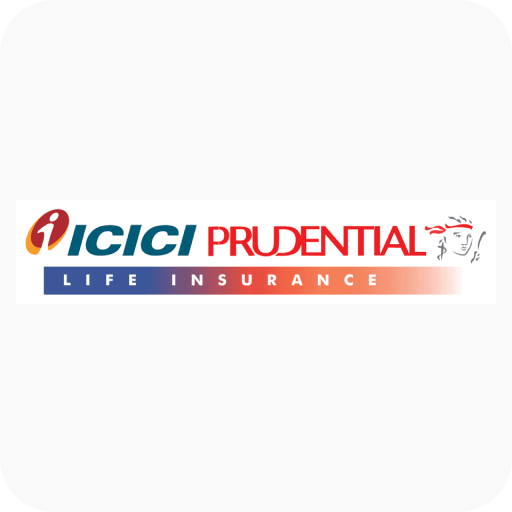Personalized Advice on

Term Life Insurance

Health Insurance

CEO Zerodha
Nithin Kamath
Why we are working with Ditto
Life and health insurance have to be the first things you get, even before you start investing. But most people get intimidated by all choices and complexity. Then there's the issue of rampant mis-selling. We've long wanted to solve this for Indians, and I'm really excited about this partnership with Ditto.
The Ditto Experience

The Ditto Experience

For a long time, one item on our to-do list was to build an insurance platform free of conflicts, mis-selling, spam, &, most importantly, advisors to handhold people through the purchase journey. And then we met the Finshots team, and Ditto happened.

Understand Your Policy
Understand what your policy has to offer and read terms & conditions in plain English.
Why People Trust Ditto

India’s #1 Insurance Advisor:
Ditto is one of India's highly rated insurance advisors with a stellar 4.9 Google rating from 12,000+ happy customers.
Frequently Asked Questions









